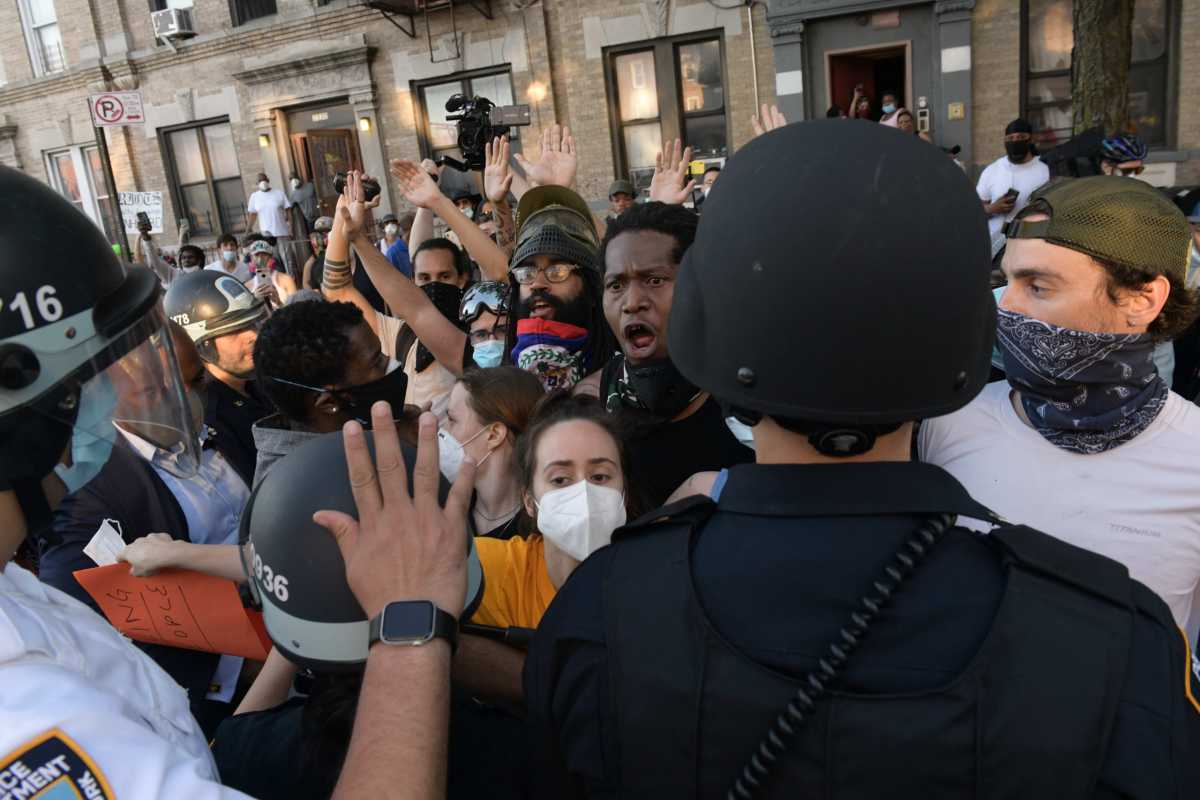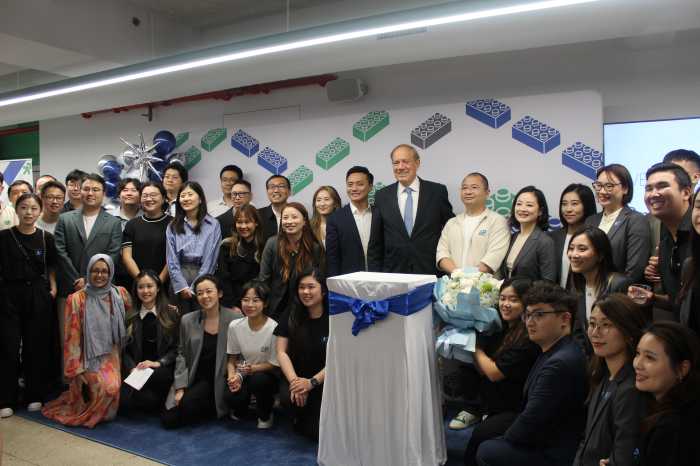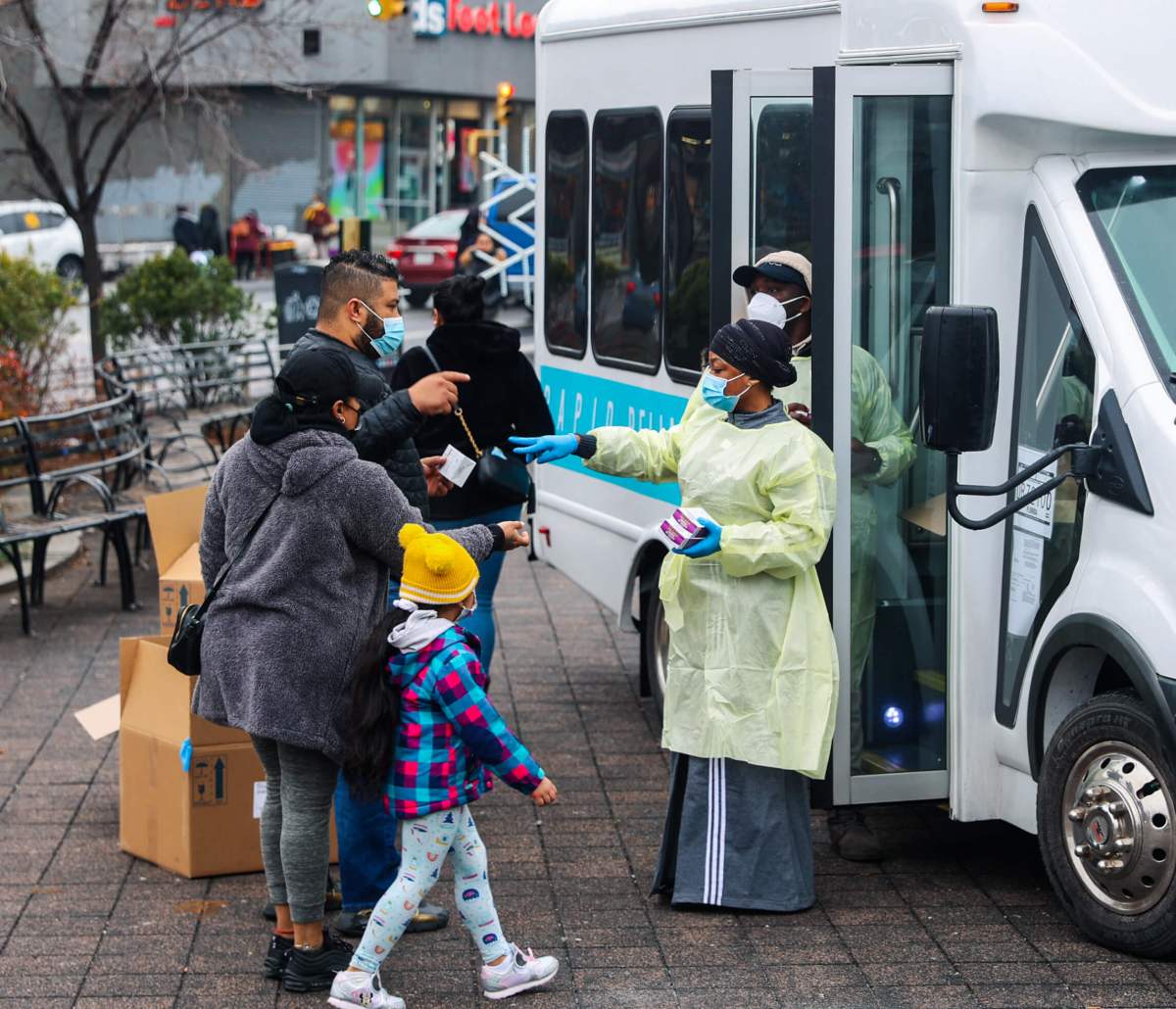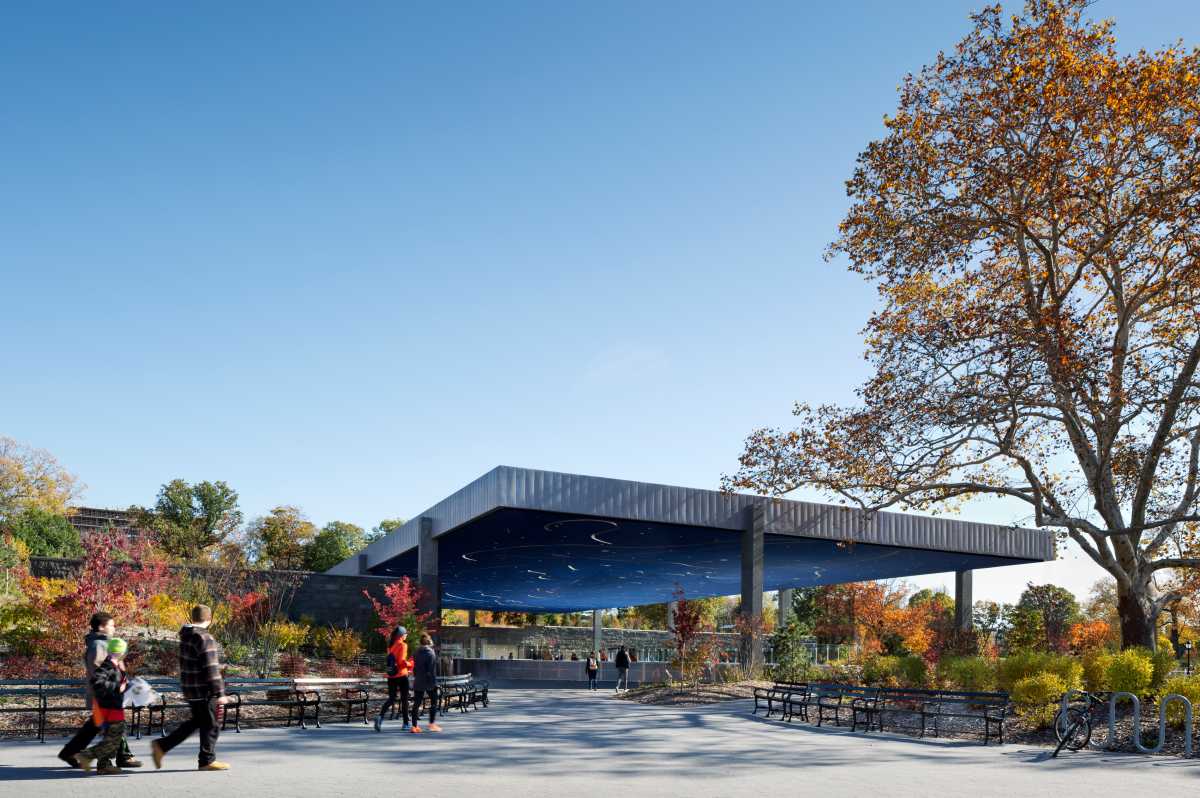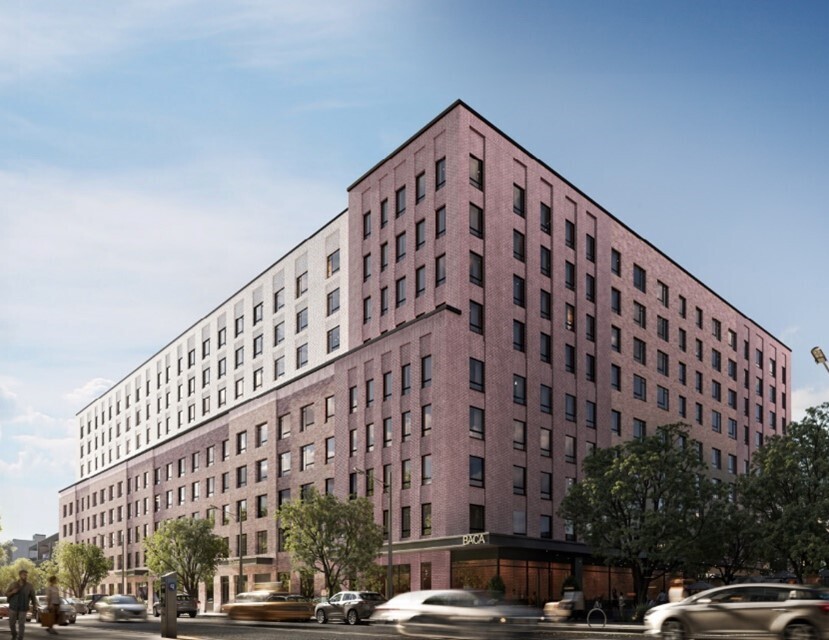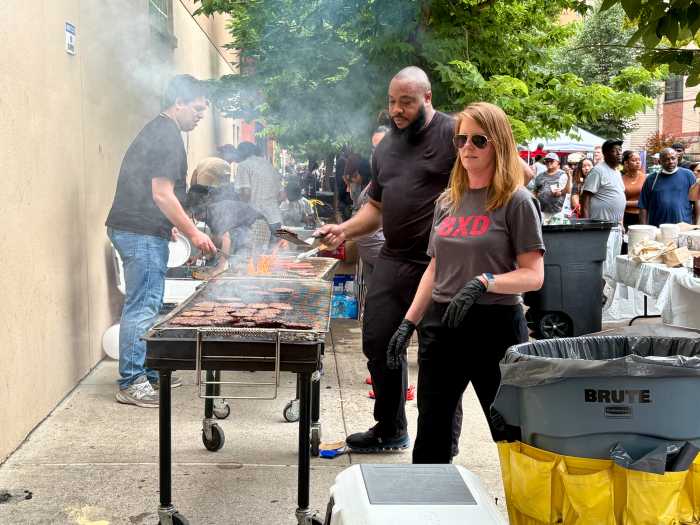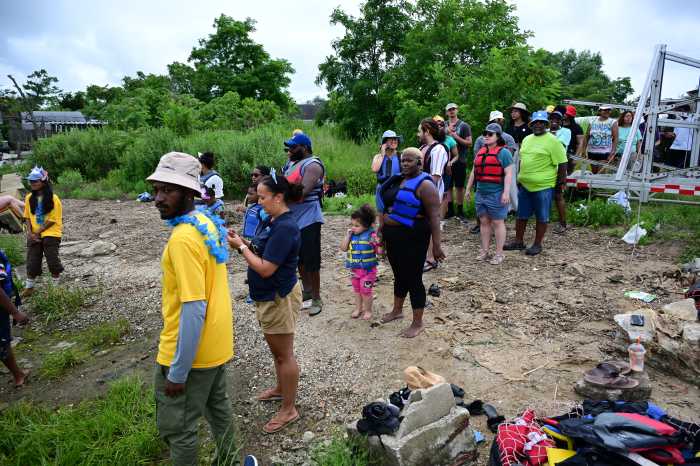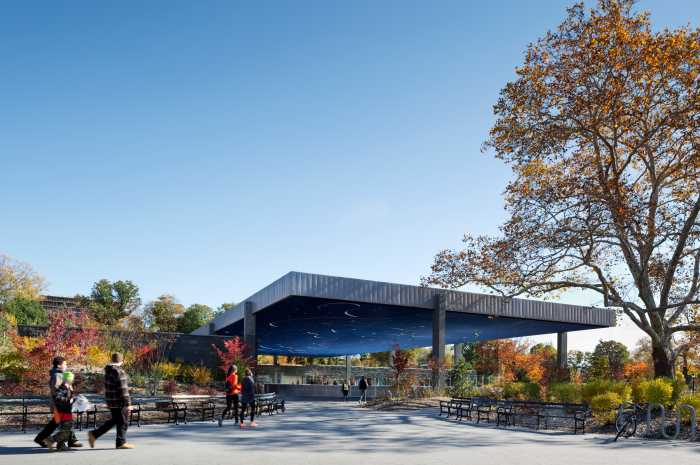Anger among many protesters in Brooklyn on Saturday was amplified by months of isolation at home, elimination of in-person schooling, no summer prospects, and shut down of youth gatherings.
While angry about the homicide of George Floyd by a police officer sitting on his neck in Minneapolis, many protesters expressed more frustration about having been stuck indoors and away from friends and showed complete disregard for the pandemic other than to wear masks.
Many would not speak with this reporter, saying they were distrustful of the media. A few believed that police were using photos and videos that reporters and photographers have taken to help make arrests. Distrust and anger ran deep among many of the young people involved in the unrest.
“Yes, I’ve been stuck inside and haven’t been able to see my friends. This is something we had to do,” said one protester.
“You should get the f— away from us — we are going to make sure they hear us,” said another young woman. Her companion chimed in, “yeah, there’s no school, no jobs no nothing. So here we are.” They declined to give their names.
On Sunday, Mayor Bill de Blasio said he realized that while there was much blame for violence from outside agitators, the COVID-19 isolation may have amplified anger and frustrations among protestors. He described the intersection of the pandemic and the protests as “a perfect storm.”
“It’s been a strange last few days and while most demonstrators and people were putting on masks, generally speaking, people don’t remember the pandemic,” de Blasio said. “This is a historic issue and must be dealt with. What happened to George Floyd was disgusting and unacceptable. But what has happened is all the frustration of this issue has combined with the frustration within the pandemic. The X-factor is people have been cooped up, but that is the hand which has been dealt.”
The mayor said that while much of the summer youth employment has been suspended, he is working with the City Council on summer youth programs and he is hoping that the pandemic will be defusing more so by the June 8 reopening.
“We have to figure out a line of approach and alternatives for the city’s youth,” de Blasio said. “The problem is we don’t have it yet, especially when young people need positive outlooks. We are working on summer school and on-line alternatives. We are working with the city council on more positive approaches.”
The mayor said funding for youth programs are under review with the City Council. Some lawmakers have already voiced concerns that the NYPD is offering only a 1% cut in their budget.
Public Advocate Jumaane Williams has called for significant budget cuts to be diverted to youth programs and mental health programs that are threatened with decimation.
“In the scheme of things, most people didn’t choose to engage in protests, and some didn’t represent the values of our city and our youth,” de Blasio said. “But in the end, we have to do more for young people including continuing expanding summer youth programs. We have to find a way.”
De Blasio also referred to his own children, both of color and particularly his son.
“Nothing is more important than protecting my own child, and that my child was seen as a threat is disturbing,” he said. “That he needed particular training — my wife and I had to sit him down and explain the world he would be in — this is also my reality. We have to be acknowledging the oppression and pain of people but also not dehumanizing those protecting us — it’s a complex equation.”



